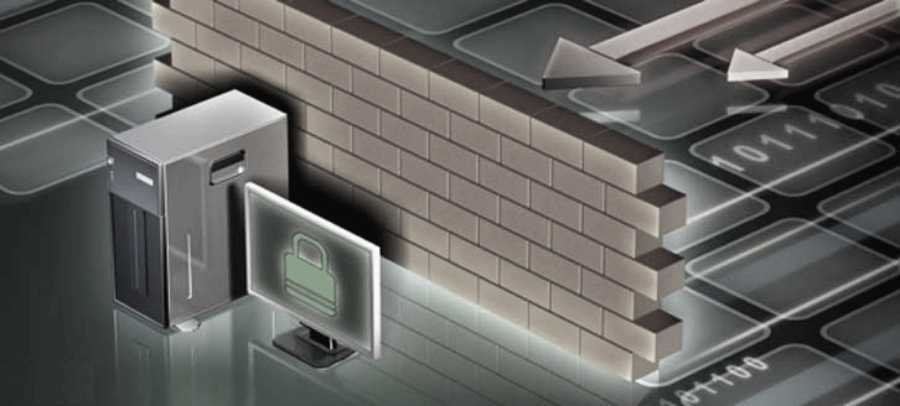Port Scan is like trying to open doors in a house to see which ones are locked. THE sweeper it will show you which ports are open on a router or firewall, and you can use this information to find possible weaknesses in the computer.
What are Ports
When one device connects to another over a network, you need a TCP or UDP port number from 0 to 65535. However, some ports are used more frequently. TCP ports 0 to 1023 are "known ports" used by system services. For example, port 21 is used for FTP file transfers, port 22 is for Secure Shell (SSH) terminal connections, port 80 is a standard port for HTTP traffic, and port 443 is for encrypted HTTPS connections. Thus, when you connect to a web page that has HTTPS, the browser "speaks" to the web server that "listens" from port 443.
Services should not always run on these particular ports because they are something that everyone knows. For example, you could run an HTTPS web server on the 50000 port or a Secure Shell on the 60000 port.
What is Port Scan?
Port Scan is a process of checking all ports in an IP address to see if they are open or closed. The port scanning software will check from the 0 port to the 65535 port. This can be done by sending a request to each port. If the answer means the door is open.
A network firewall can block or eliminate the process, so Port Scan is also a very good method to locate the ports that are accessible or exposed to the network in a remote system.
The tool Nmap is simple network utility used for Port Scan but there are many more tools scan.
Why Port Scan?
Scans are useful for identifying the vulnerabilities of a system. A Port Scan can tell an attacker which ports are open to a system and this will help him to plot an attack plan. For example, if it found that the Secure Shell (SSH) server on the 22 port, the attacker could try to connect and check the system for weak passwords. In another open port, the attacker can check if there is an error he can exploit. An old software version may have a known security vulnerability.
These guys detections can also help detect services running on non-default ports. So if you're running an SSH server on port 60000 instead of port 22, Port Scan will reveal that and an attacker could try to SSH into that port. Using a non-default port just makes things a bit more difficult.
Door detections are not only used by intruders but also for penetration defenses. For example, a company can often scan their systems to determine which services are exposed to the network and to make sure they are securely configured.
Port Scan Is it dangerous?
A Port Scan can help an attacker find a weak spot to attack, but it is the first step. Finding a door open does not mean that it can go through it. However, it can check for vulnerabilities and that is the real danger.
In your home network, you surely have a router between your computer and the Internet. Someone on the internet is able to scan your router and if they don't find something they can't get into your system. The router itself also acts as a firewall (firewall), unless you have opened individual ports from your router to some of your devices. The specific ports are exposed on the Internet.
The firewalls of course can be configured to detect port scans and block the traffic from the address that performs the scan.
Port Scan Types
In a Port Scan "TCP full connection", the scanner sends a SYN message (connection request) to a port. If the port is open, the remote system responds with a SYN-ACK message (confirmation). The detector reacts with its own ACK message (confirmation). We are talking about a full TCP connection handshake and the scanner knows that the system is receiving connections to this port.
If the port is closed, the remote system will respond with an RST message. If the remote system simply does not exist on the network, there will be no response.
Some scanners scan "TCP half-open". Instead of going through a full cycle of SYN, SYN-ACK and then ACK, they simply send a SYN and wait for a SYN-ACK or RST response. They do not need to send a final ACK to complete the connection, as SYN-ACK "tells" the scanner everything it needs to know. It's a faster method because fewer packages are needed.
A simple Port Scan is easy to find and the various firewalls can be configured to detect and stop such actions.
This is also why some scanning techniques work differently. For example, a Port Scan could scan a few ports or it could scan all ports but in a much longer time space, making it harder to detect.
_________________________
- The best online tools to learn everything about a website
- Facebook hack: what data leaked
- Windows 10 Build 17760 with compatibility in Tencent games
- Tails 3.9.1 ISO has just been released from the Tails Project
- Windows: the disc is running continuously
- Linus Torvalds what happened in the last few days?
- Facebook Messenger unsend is tested for everyone





